Soybean Checkoff Research
Conservation
Research Projects
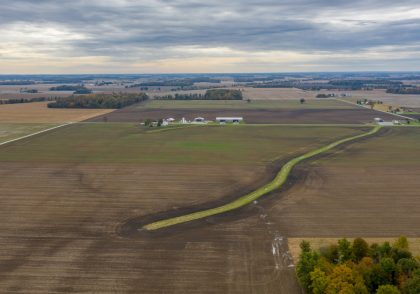
Ohio Agriculture Conservation Initiative presents priorities and progress to Ohio Senate
A pilot survey has been conducted in the Lower Maumee Watershed that included more than 450 farm fields.
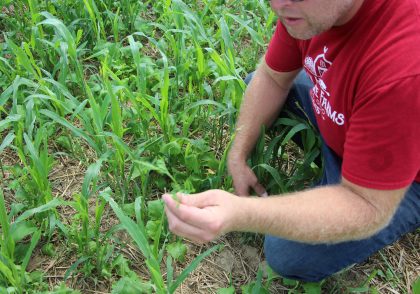
Cover Crops Pay Dividends
Live roots soak up excess nitrogen and phosphorus and keep many micro-nutrients recycling in the soil while keeping the soil in place.
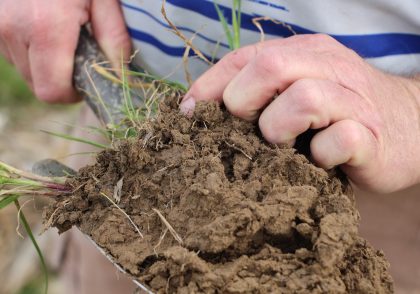
High Fertilizer Prices and Soil Sampling
Comparing your soil test value for phosphorus and potassium to the critical level defines the need for annual fertilizer application.
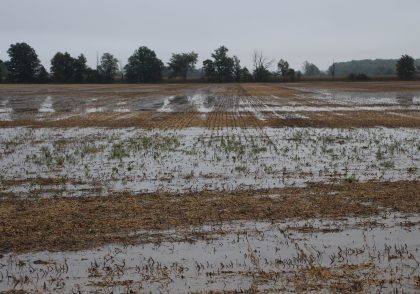
H2Ohio Cover Crop planting deadline extended for 2021
The H2Ohio Cover Crop practice planting deadline has been extended to November 1,
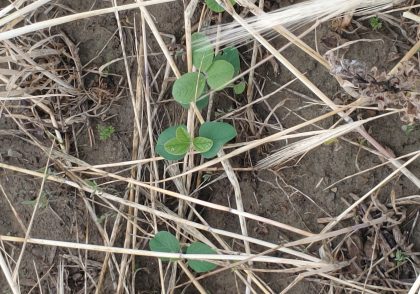
Plant Health Pyramid
In healthy soils, plants obtain more of their nitrogen as whole proteins, peptides, amino acids, or in the amide form from soil microbes; which requires overall less plant energy and leads to higher plant health.
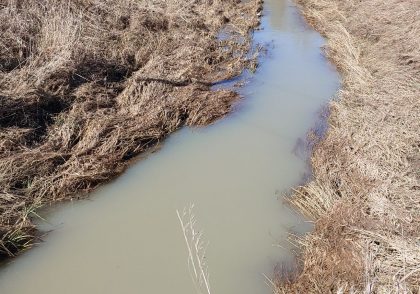
Multimillion-dollar pilot watershed project set for NW Ohio
The new project “targets the ultimate goal of preserving Lake Erie while supporting agricultural vitality and environmental sustainability,” said Cathann A. Kress, Ohio State’s vice president for agricultural administration and dean of the College of Food, Agricultural, and Environmental Sciences (CFAES).
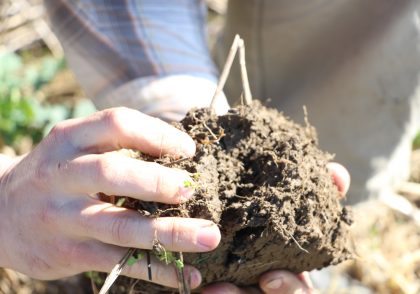
Transitioning to Improved Soil Health
Improving soil health starts with evaluating your soil and then fixing those problems.

H2Ohio Additional Enrollment in Original 14 Counties
Producers in the original 14-county targeted area of the Maumee River Watershed can sign up for the years 2022 and 2023.
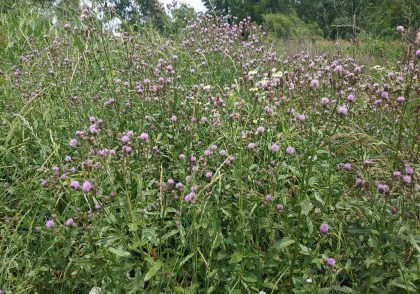
Reading Weeds to Improve Soil Health
“Many weeds act as collectors of minerals that are deficient in the soil. When weeds die, they often improve the mineral nutrition of the soil. If farmers can understand what the weeds are telling them, they can change their management to reduce weed populations.” – James Hoorman, Hoorman Soil Health Services